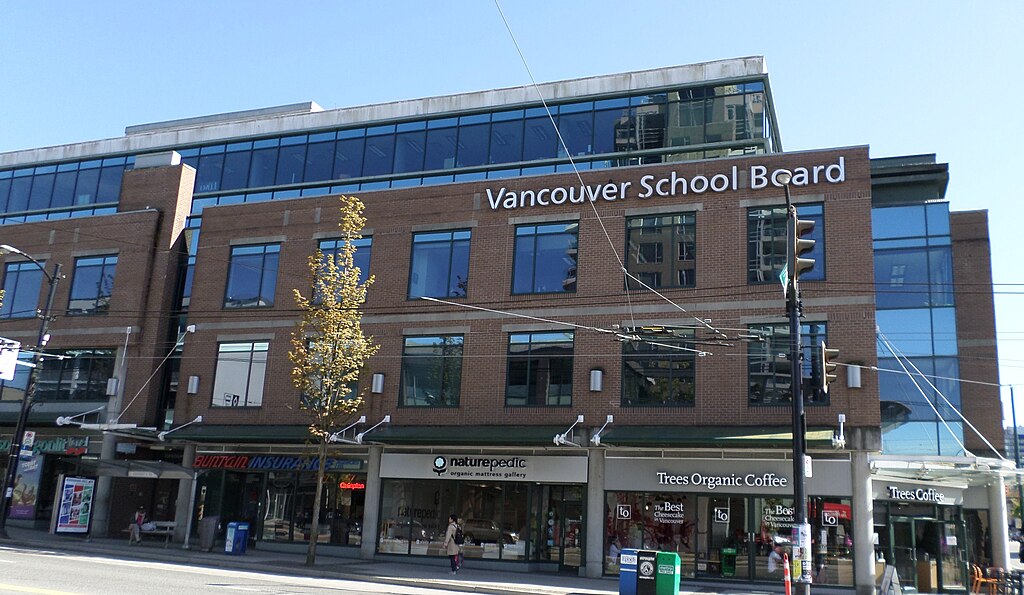I was clear. I was specific. I was unwavering.
I told the Vancouver School Board that I believed behaviourist strategies were harmful, violated my child’s dignity, and contradicted our family’s ethics—and that continuing to use them without consent would cause further harm.
They used them anyway.
Over and over, the school district returned to strategies based on conditioning and compliance—strategies designed to elicit “self-regulation” through withdrawal of connection, restriction of movement, and social exclusion. Strategies that framed my daughter’s distress as defiance and my requests as interference.
They weren’t ignorant. They weren’t unaware. They were fully informed of the harm and chose to proceed.
This isn’t just a difference in parenting philosophy, it is the District using its power to impose a moral framework on our child that we explicitly reject—and then punishing her for resisting it.
And it is a violation of her rights.
The law is clear
Under the Moore v. British Columbia (Education) decision of the Supreme Court of Canada, schools are obligated to provide meaningful access to education for students with disabilities. That access must be individualised—responsive to the student’s actual needs, not shaped by what is convenient for the institution.
BC’s Ministerial Order on Inclusive Education and the Human Rights Code both affirm that accommodations must be made in consultation with families, and must respect the student’s identity, dignity, and well-being. There is no lawful basis for forcing a child to participate in programming that a family has flagged as harmful or in conflict with their beliefs—especially when that programming is not evidence-based for the child in question.
And yet, the Vancouver School Board stood behind a process that exists to support teachers—not students. They called it an “Urgent Intervention Program,” but made clear in writing that it was “not intended to be a support plan for a student.” Still, they used it to push forward behaviourist recommendations for our daughter without our input, our consent, or our knowledge—despite full awareness that we had explicitly rejected this framework.
When we objected, they defended their decision. When we asked for trauma-informed, neurodiversity-affirming approaches, they closed the case.
The moral breach
It’s hard to put into words what this kind of betrayal feels like.
We did everything families are told to do. We shared our daughter’s diagnosis, emailed reports, showed up for meetings, explained her triggers and needs, wrote, and rewrote, and rewrote again—trying to make ourselves legible to a system that seems allergic to feedback.
We said: Please don’t use compliance-based strategies. They reinforce the very patterns that make her feel unsafe.
And the district responded by asking her to “build tolerance.”
What they called “building tolerance,” she experienced as helplessness. As retraumatisation. As pressure to normalise pain. We had already told them this. They did it anyway.
Consent matters
When professionals—especially those employed by a public institution—continue to apply interventions over the explicit moral objection of a family, that is not support. That is coercion. When those interventions cause harm, and the institution defends them by pointing to process or policy, that is not neutrality. That is complicity.
In medicine, this would be malpractice. In community work, it would be abuse of power. In education, it’s often brushed off as a misunderstanding.
But make no mistake: this is a moral injury.
What we need
We need school districts to stop hiding behind “best practice” when those practices ignore research, experience, and rights. We need decision-makers who will listen with the willingness to change course.
We need a system that understands that trauma-informed care means starting with safety. That neurodiversity-affirming means respecting lived experience. That inclusion cannot be coerced—and compliance is not healing. That many of us don’t want our children to build up tolerance for the intolerable.
Most of all, we need schools to stop treating our children as problems to be fixed and start seeing them as people to be known.
Because when you continue to impose strategies a family believes are abusive—even after being told, in detail, why they are harmful—that isn’t support. That’s institutional violence.







